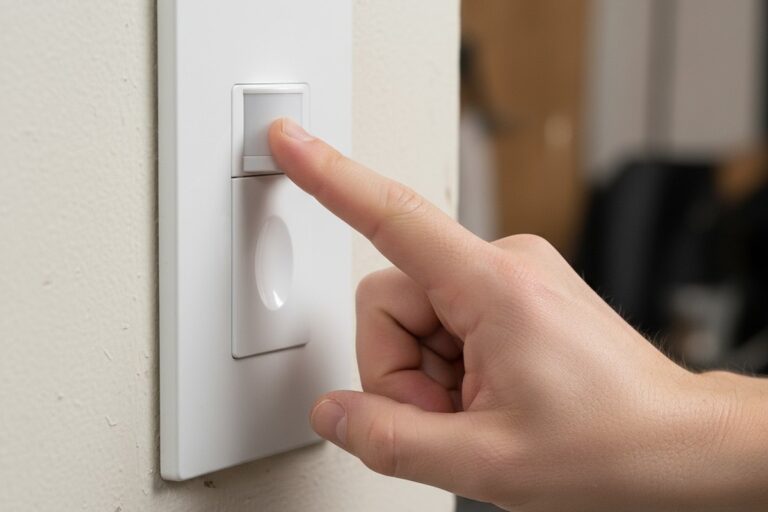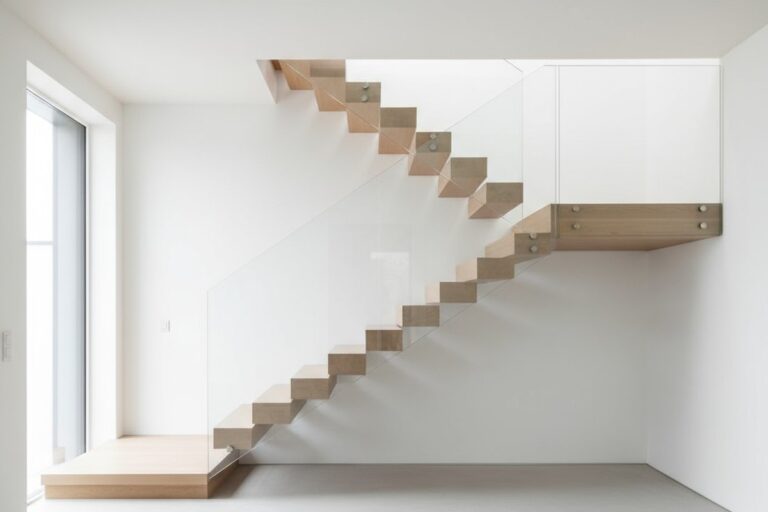
Resources
Access and download our latest support materials and guides, Razeek has got you covered from installation to troubleshooting.
Insight from Rayzeek
The latest sensor tech trends.

Beyond Motion: A Guide to Lighting Control in Yoga Studios and Meditation Rooms
Standard occupancy sensors often fail in yoga and meditation studios, punishing stillness instead of supporting it. By switching to vacancy mode, extending time delays, and using smart placement, lighting control can become a silent partner in creating a tranquil, uninterrupted space.

The Silent Sabotage: How to Light Black Box Theaters Without Ruining the Show
Standard motion sensors often sabotage black box theater performances by triggering lights at the worst possible moments. To maintain artistic integrity and energy efficiency, theaters should adopt intelligent lighting control, favoring manual-on vacancy sensors with long timeouts and strategic placement to ensure the show is never compromised by aggressive automation.

The Premium Fitting Room: Smart Climate Control for Comfort and Efficiency
Constantly running the AC in intermittently used spaces like fitting rooms is a major operational expense. An intelligent, motion-based climate control system solves this by operating only when the room is occupied, eliminating waste while providing a seamless, premium customer experience without compromising comfort.

Taming the Glass-Door Pantry: A Guide to Precision Motion Sensing
Tired of your glass-door pantry light flashing every time someone walks by? This isn’t a sensor flaw, but a common installation mistake. The solution lies in strategic placement. By positioning a Rayzeek motion sensor in an inside corner and angling it away from the doorway, you can create a detection zone contained entirely within the pantry, eliminating false triggers from hallway traffic for good.

3-Way Staircases, Solved: A Reliable Wiring Pattern for Rayzeek Sensors
Stop the frustrating ‘stair strobe’ effect. Standard 3-way switch wiring was not designed for smart sensors, which often results in flickering, unreliable lights. This guide details a reliable wiring pattern that establishes the motion sensor as the primary controller in the line-side box, ensuring smooth, consistent, and predictable staircase lighting.

Split-Level Stair Landings: Solving the ‘Arrive From Either Side’ Problem
Automating lights on a split-level stair landing with a single motion sensor is a recipe for failure, creating dangerous blind spots. The definitive solution involves a paired-sensor architecture, dedicating one sensor to each approach, combined with intelligent settings like long timeouts and ambient light detection for a system that is safe, reliable, and seamlessly efficient.
